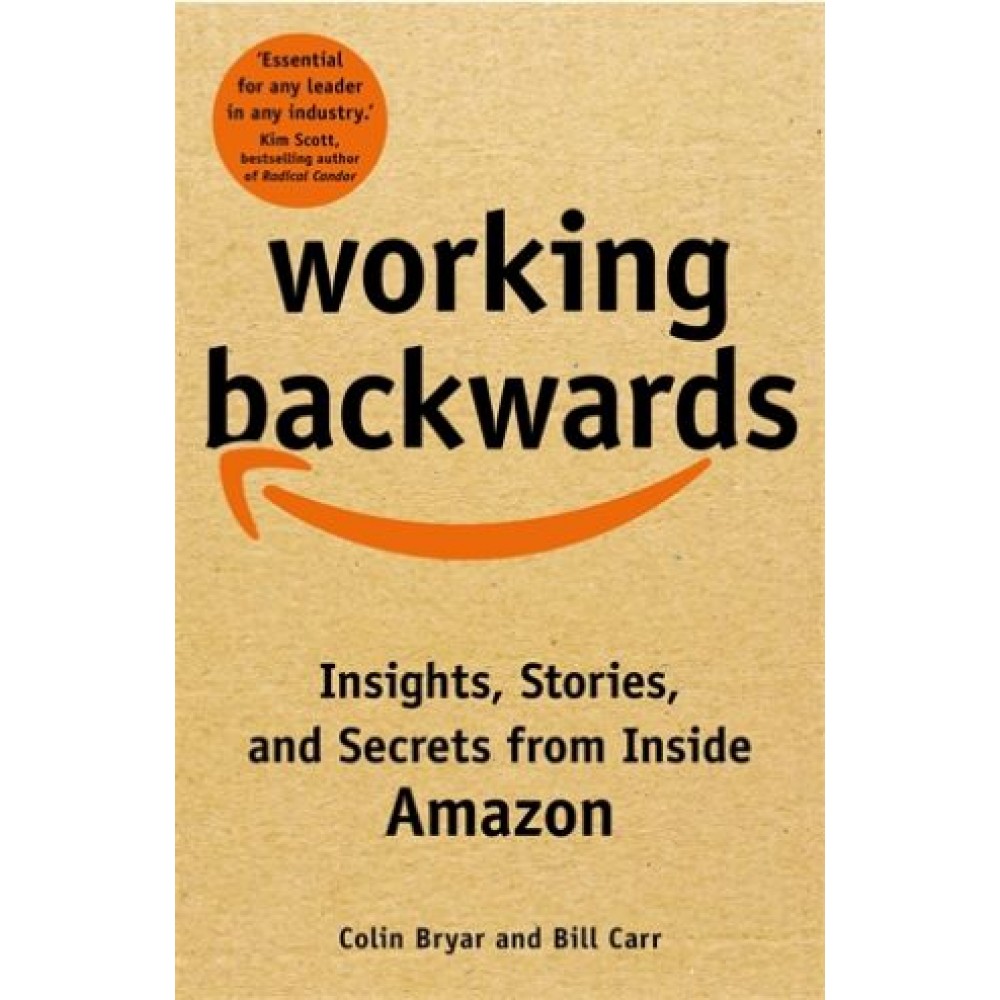
Amazon, the Internet conglomerate is a truly formidable company. Unlike other technology companies that excel only in one area ( Facebook in social media, Google in search and advertising) but can’t seem to diversify, Amazon’s tentacles know no bound. Starting with online bookstore in 1994, Amazon has since moved into full online retailing that sells almost everything under the sun, bricks-and-mortar retails, Amazon Web services, Kindle, electronics gadgets, Amazon Direct Publishing, Market Place, streaming services, original movie publishing… the list goes on and one.
You would expect that it’s easy for a company this diversified to lost focus, and its entry into new area is nothing but just quixotic attempts that hemorrhage money ( until the executives pull the plug), but it appears that this is not the case for Amazon. With a few notable exceptions ( like Fire Phone), Amazon broke new ground and achieved successes wherever it went. The success of Amazon in conquering new markets ( or creating new ones) is all the more remarkable when you consider that Amazon often did this with its own internal, organic team and rather than with the purchase of “fresh blood”, i.e. the external companies.
How does Amazon maintain its competitiveness when it’s growing and diversifying?
Here’s a book “Working Backwards” from two Amazon veterans ( they call themselves Amazonians) that promise to tell it all. So here in this post, I’ll try to summarize the secrets that make Amazon so successful: use them at your own risk!
Raise the hiring bar all the time
A lot of people are only comfortable in hiring people who are not smarter than them, because they don’t want to feel threatened. So growth of the company inevitably comes with the decline in the average IQ. This sets a hard limit on the growth of the company.
Amazon tries to raise the hiring bar with each rounds of hiring. It’s to ensure that the company can grow smarter and smarter.
Small is good
Great things are often accomplished by small teams, not least because small teams require less communication overhead. Amazon famously ensures that a core team should be adequately fed by two pizzas ( around 10 person). Big teams usually have the problem of unclear roles and responsibilities; sometimes having more heads in the room doesn’t just mean that there are more noise and less signal, it also means that it’s easier to play the blame game.
Amazon is acting more like an investment fund that invests in a lot of small, dedicated team instead of a traditional company. Those teams get to set their own goals and execution plan, but share with the rest of the Amazon on other supporting resources like HR and admins. In this way, the success and the failure of each team is easier to measure.
6 page memo
Companies generally like PowerPoint and meetings. A lot of managers love to brag about the number of meeting they have to sit in and the amount of PowerPoint presentation they need to listen to, as if it’s really a sign of productivity and a measure of importance. But PowerPoint is a terrible medium to convey idea. For one, it’s too easy for a charismatic presenter to win over the audience by style, rather than substance.
So Amazon banned Powerpoint and instituted a 6 page memo policy: cram your idea into a 6 page memo ( Appendix don’t count): explain what is the problem, what others had tried, how we can do better, the solution you propose and the projected returns. All in 6 page. The hard page limit is important to make sure that no unimportant details are slotted in lest they obfuscate the main points.
During the meeting, everyone will get 20 minutes to read through the 6 pager, followed by discussions. Every single line you wrote must be based on data, because the battle-hardened executives in the room would often assume every single line is false until proven true. The short 6 pager ensures that everyone has the time to digest the main point, and to give constructive feedbacks during meeting. In this way, the best ideas can win.
Working backwards from Press Release
In IT industry, the term “waterfall development” gets a bad rep. You don’t want to develop software in a sequential way: analysis of requirements, designing the solutions, code implementations and testing, it’s way too slow and too boring. Instead IT industry favors Agile Programming: discovering requirements and developing solutions go hand in hand with the customers, planning and development are adaptive, we are in flux all of the time!
But the Press Release approach to product development at Amazon seems like the direct antithesis of Agile Programming. Even before you start developing a product, even before you write a single line of code, you have to come up with a Press Release that neatly explains what the product does. You also have to come up with external and internal FAQs, that are supposed to handle all of the questions and objections that can be raised by everyone, including the customers, the regulators, the stakeholders and the other teams whom you will work with. The idea is that you are supposed to think through everything, run the product development and the sales process in your head first, know every single nuts and bolts and accurately forecast the sales even before you actually start development.
Too many products fail because of scope creep, or facing “unknown difficulties” halfway, or suffering from unclear vision. Press release/FAQs give everyone an anchor and a target to work towards to, it’s the closest we get to the holy grail of product development, A Scientific Way to Develop a New Product. Kindle and Amazon Web Services are two fruits of this Press Release development approach.
Customer obsession
Amazon is a famously customer centric company. No one would really care how great your company is. Customers will only care what they can get. Why should I shop from you rather than from other people? What can I as consumer get? What are the values that you are delivering?
When you ask about what customer wants: it will always be faster delivery, cheaper price and more values. But how to do all three? That’s where you have to think long term. Amazon is famous for running a razor thin operation, for delivering no dividend to the stakeholders because it wants to invest every single last possible cent into the infrastructure that allows them to serve their customers long term, and also to improve the products and offerings to such an extent that it naturally forms a moat around the businesses. One example is the Amazon Flywheel concept. Amazon invests heavily in customer experience to drive traffic to the platforms in order to generate sales, and the revenues are further plowed back into the businesses so that the cost structures can be decreased, resulted in better customer experience and more revenue… and so goes the virtuous cycle.
But this is not to say that Amazon can accept losses in a mindless pursuit of acquiring and satisfying customers. Going into the red is just a temporary means to acquire customer or to kickstart a flywheel, it cannot be permanent. So if your 6 pager shows that your idea can only always lost money, I can assure you that it will be rejected and will never see the light of another day ( and most likely, your career at Amazon will also likely come to an end).
Focus on the inputs, rather than outputs
We all like the companies we invest in doing well, we are always pleased to receive dividend or to see the stock prices going up. But these are the outputs of the businesses and are simply not controllable. They are always depending on the current economy climate, and placing too great an emphasis on them will only distort the incentives of the executive and can cause long term harm to the overall wellbeing of the company. Think of the executives that care only about the short term stock performance (until the time his shares are vested), and you will get what I mean.
At Amazon, it’s more important to get the inputs, or rather, the process right, rather than the outputs, such as sales figures. Sales figures can always fluctuate up and down, and developing new product lines is always a risky endeavor, but you can develop a good process to minimize your risk and allows you to discover new opportunities. Process can be measured, designed and be improved on, but the same cannot be said to the outputs.
Conclusion:
But wait, if the success of Amazon is so easy to list down and copied over, why we don’t see more Amazon-like successes? By the principle of natural selection, Amazon-like companies should now dominate every aspect of the business landscape, but why this is not happening? Why do we still see so many dominant businesses that are bloated and inefficient?
I would like to address this question in the next post, stay tuned!








